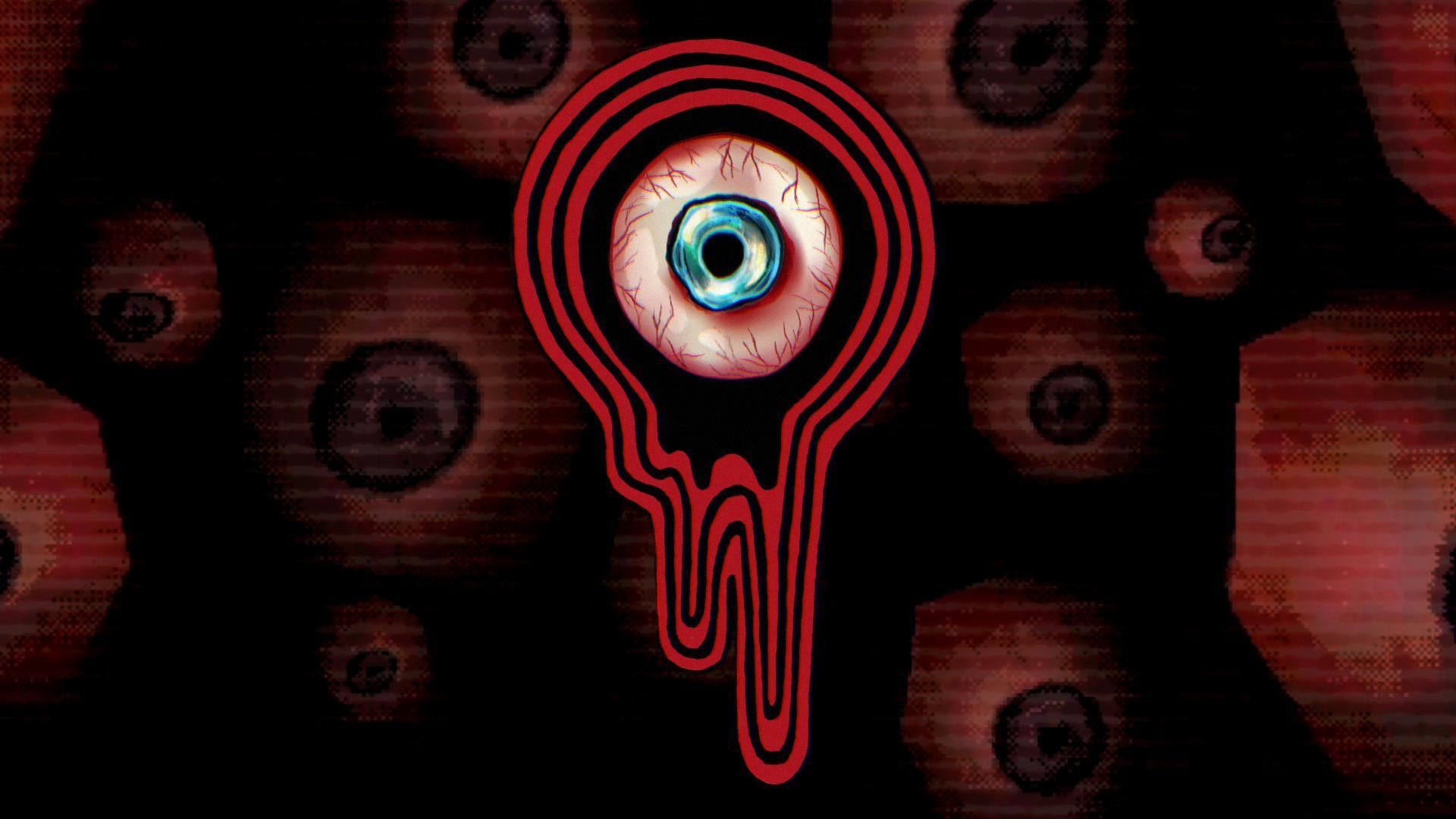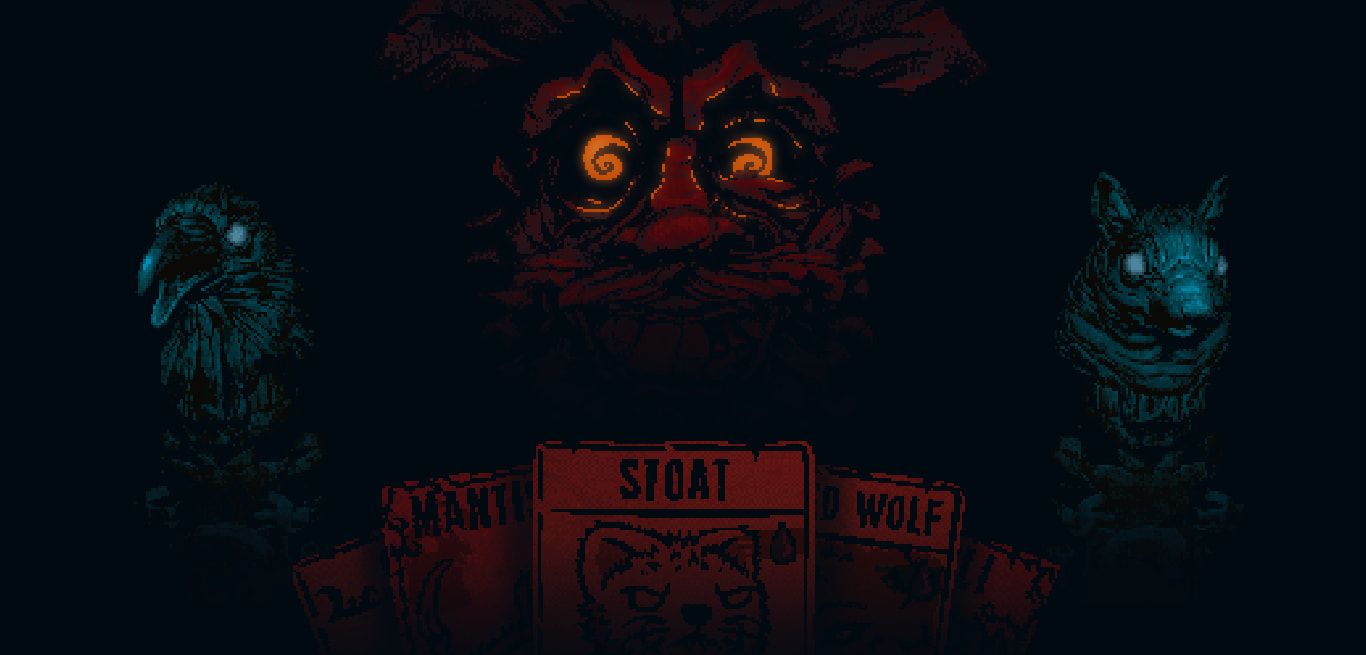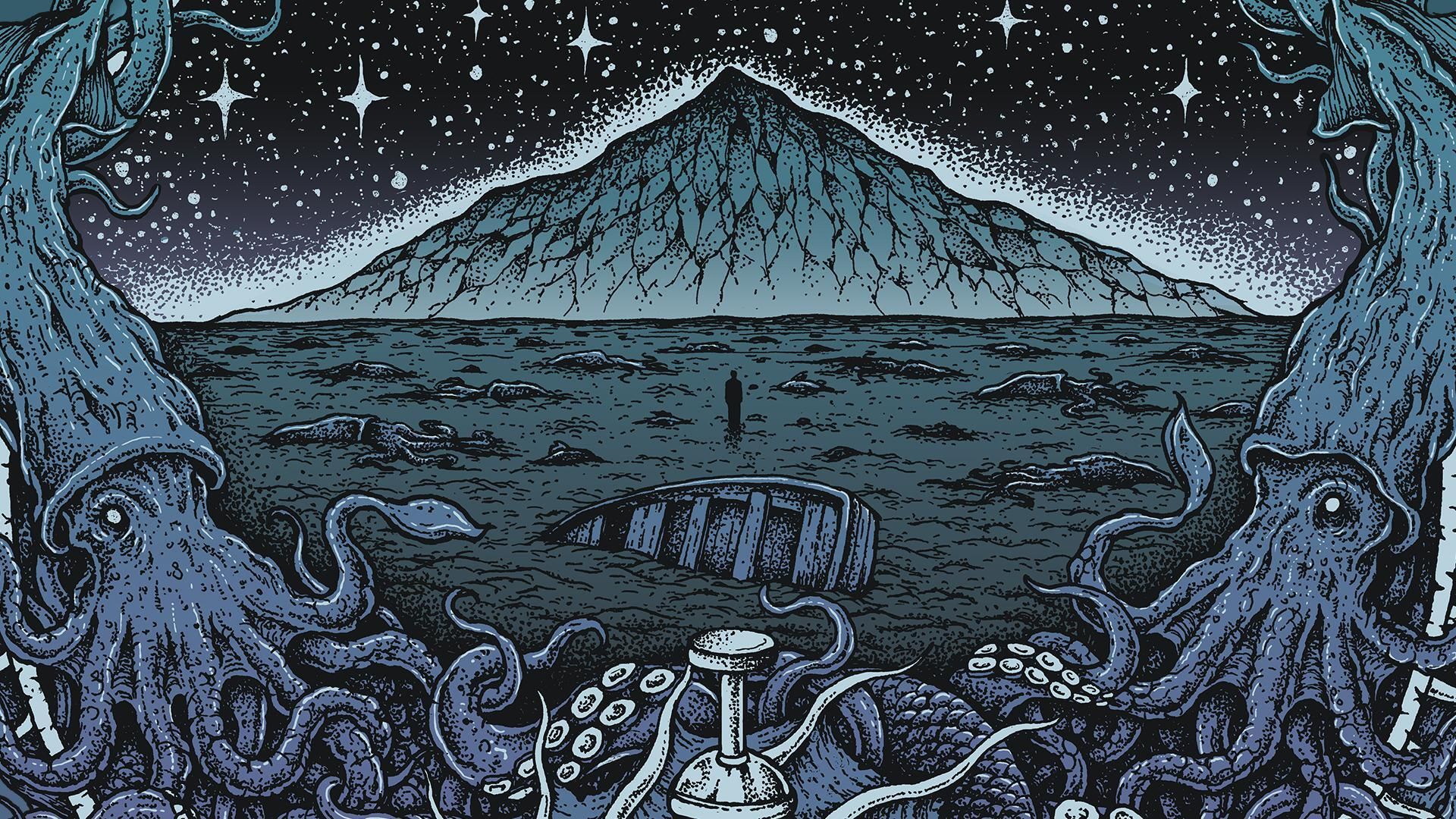The Corruption Within
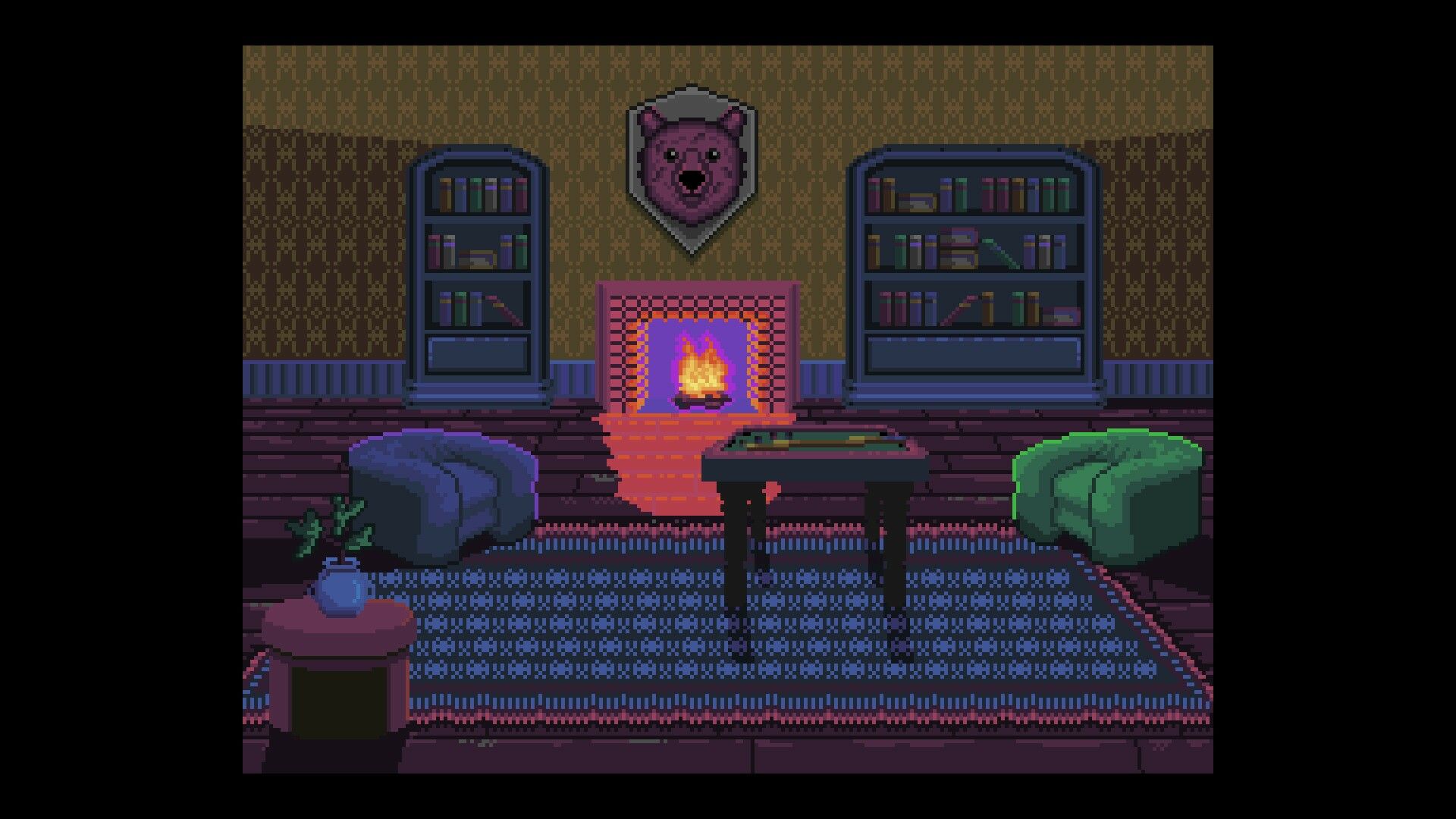
A Labyrinth of Shadows
In 'The Corruption Within', players embody a man whose tranquil vacation descends into a personal nightmare. Set in a crumbling Victorian mansion, the game blends classic point-and-click mechanics with psychological unease. Its first-person perspective intensifies immersion, while the gradual unspooling of dread turns familiar spaces into claustrophobic puzzles. Simple interactions grow sinister as the environment’s oppressive quiet mutates into a chorus of whispered secrets.
Atmosphere and Unease
Few indie horror titles commit so fully to their aesthetic as 'The Corruption Within'. The pixel art, far from a limitation, becomes a storytelling tool—rendering familiar furniture and faded wallpapers with a surreal ambiguity. Combined with a soundscape that favors unsettling silence punctuated by faint creaks and murmurs, the game cultivates a tension that permeates every moment. It’s a world that doesn’t shout its horrors, but lets them seep in slowly, like a chill rising from the floorboards.
Narrative Ambiguity and Sanity
This is a game less interested in answers than in unease. The characters you encounter seem as fractured as the house itself—vessels of secrets and symbols more than reliable narrators. The ambiguity of their intentions and the sparse, often dreamlike dialogue keep players suspended in uncertainty. 'The Corruption Within' borrows from Lovecraft’s playbook: its horrors lie not in jump scares but in the erosion of logic and the fear that the truth, if uncovered, would be worse than ignorance.
Exploration vs. Dread
Every corridor, every attic ladder climbed is a negotiation with dread. The mansion’s layout encourages careful mapping and note-taking, rewarding those who pay attention to its layered storytelling. But curiosity carries risk: new rooms often bring new disquiet, and the reward for discovery is not reassurance, but more disturbing fragments. The player is never quite sure what lies behind each door—only that opening it may push the story, and their understanding, deeper into darkness.
Reflections of a Dark Mirror
Traditional puzzles—rotating statues, matching symbols—occasionally break the spell, introducing mechanical abstraction into a world otherwise ruled by psychological horror. Yet even these puzzles, though at odds with the tone, serve to delay narrative progression, acting as moments of uneasy reflection. The true power of the game lies in its restraint: it shows little, but implies much. In its final moments, 'The Corruption Within' feels less like a mystery solved and more like a confession shared in the dark.
Core Mechanics
The Corruption Within builds its horror around traditional adventure elements, infused with psychological tension.
-
First-Person Point & Click
Navigate the mansion through static screens, searching for interactive clues and manipulating your environment.
-
Puzzle Integration
Solve classic logic and inventory-based puzzles to advance the story, occasionally breaking immersion.
-
Dialogue-Based Story Progression
Choices made in conversations with other characters help piece together the fragmented narrative.
Exploration Tips
Master the mansion by exploring thoroughly and interpreting clues with care.
-
Inspect Everything Twice
Many items hold layered meaning. Re-examining objects often reveals new information.
-
Use Notes to Track Narrative Threads
Keep written track of puzzle solutions and character details to aid with complex deductions.
-
Conserve Sanity
Though not mechanically tracked, psychological tension escalates through dialogue and visuals. Step back when overwhelmed.
Investigation Archetypes
Different players can embody distinct investigative personas to approach the game's mystery.
-
The Empath
Focuses on understanding character motives and uncovering emotional truths through dialogue.
-
The Analyst
Approaches puzzles and logic challenges methodically, keeping track of all variables.
-
The Observer
Pays careful attention to environmental cues, unraveling the plot through visuals rather than words.
Cultural and Literary Influences
The Corruption Within draws heavily from gothic and existential horror traditions.
-
H.P. Lovecraft
Themes of creeping madness, lost knowledge, and unknowable truths are foundational to the game’s dread.
-
Edgar Allan Poe
The decaying mansion and psychological torment echo Poe’s obsession with guilt and fragile reality.
-
Classic British Ghost Stories
Its slow-burning tension and haunted setting recall the subtle terror of M.R. James and Sheridan Le Fanu.
Final Verdict
The Corruption Within is a love letter to those who find solace in the shadows, where dread and discovery intertwine. Its atmospheric mastery and narrative ambiguity make it a compelling experience for fans of Lovecraftian horror and psychological thrillers. If you cherish narratives that explore the unknown and challenge your sanity, this is a journey worth taking.
Strengths
- Rich atmospheric tension and immersive environment
- Narrative depth with engaging ambiguity
- Compelling exploration dynamic with a balance of dread
Weaknesses
- Occasional reliance on traditional puzzles that disrupt immersion
Editorial Review
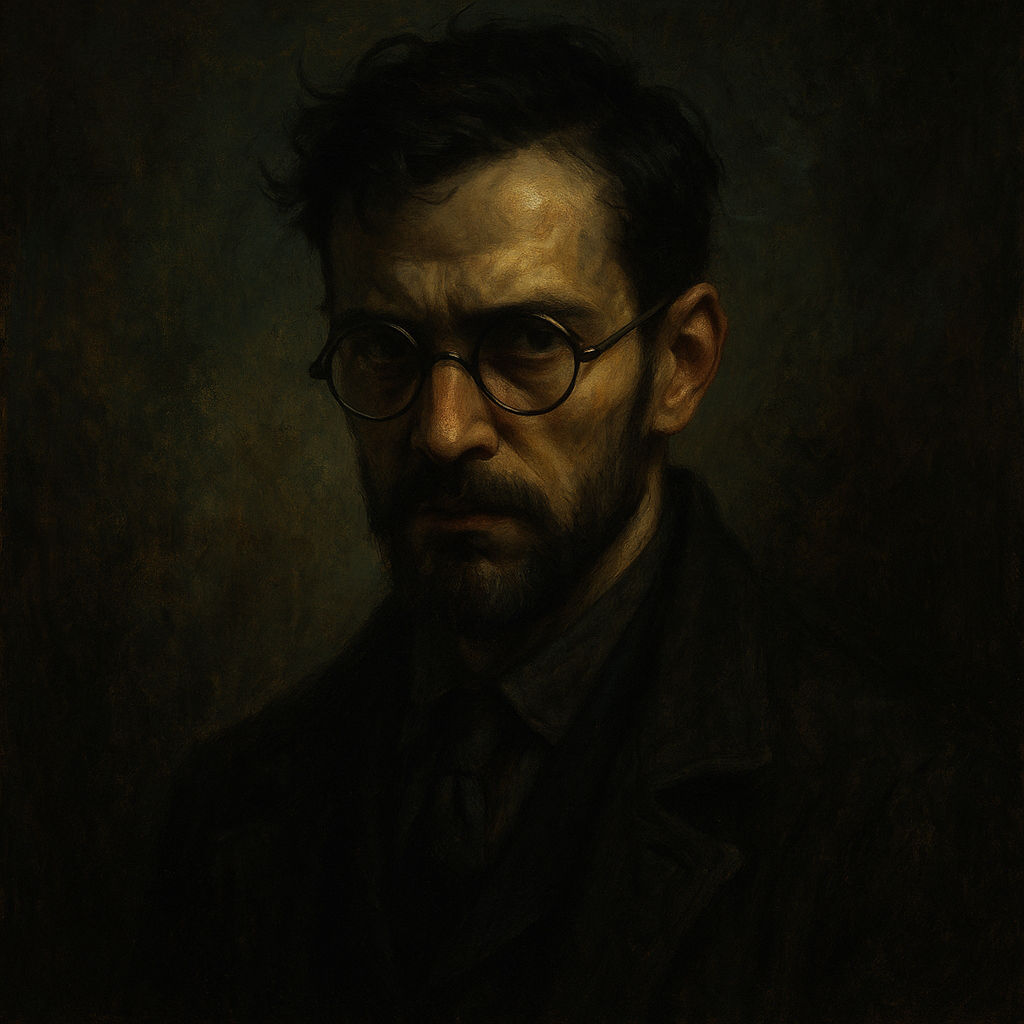
The intricate design of 'The Corruption Within' masterfully manipulates player perception, creating tension through its hidden systems and subtle horror mechanics. A true exploration of design meeting fear.
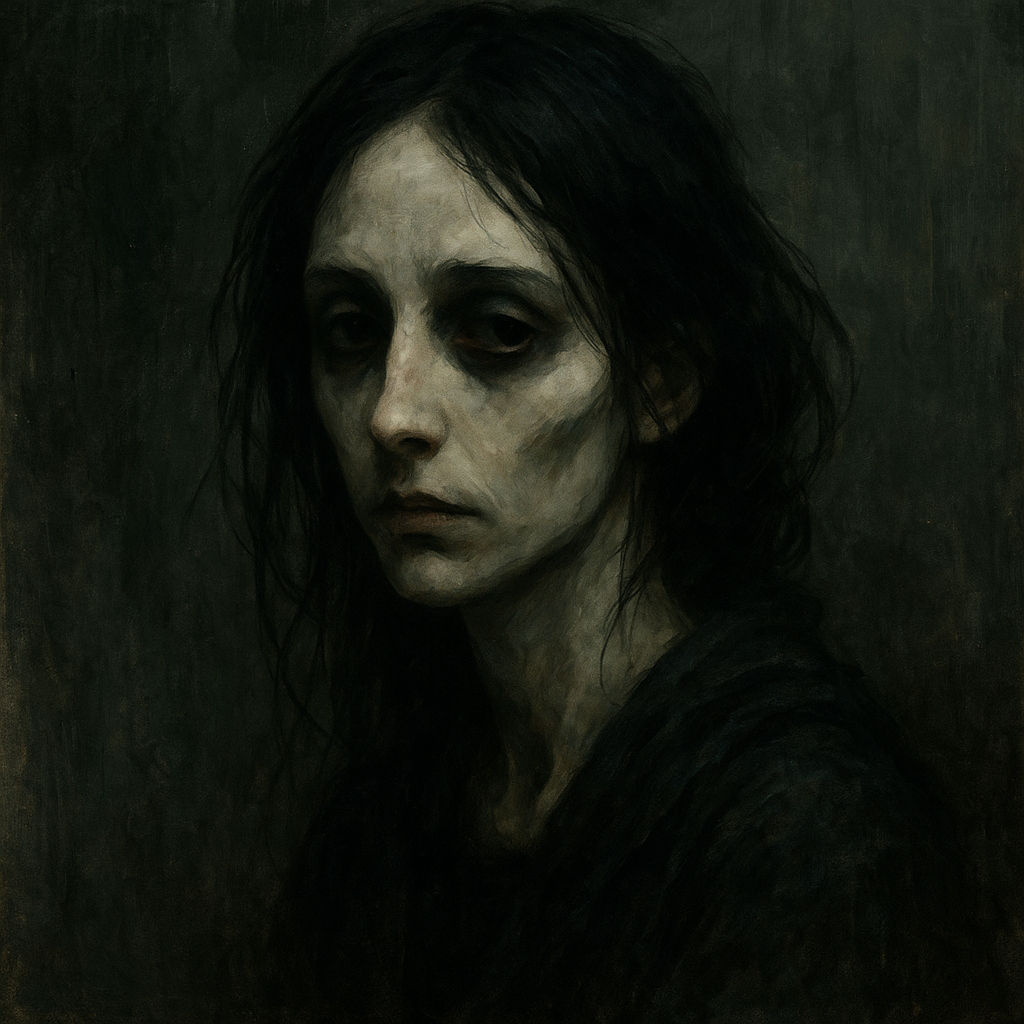
There is a haunting beauty in the game's philosophical exploration of fear and knowledge. It reflects a melancholic truth about the cost of uncovering the darkest secrets.

While the game’s mechanics are straightforward, the real challenge lies in surviving the psychological maze it constructs. A no-nonsense approach to horror that demands precision in every choice.

The Corruption Within weaves a tale as enchanting as it is chilling, where beauty and terror coexist. It inspires a childlike wonder even amidst its darkest revelations.
You might also like
About the author
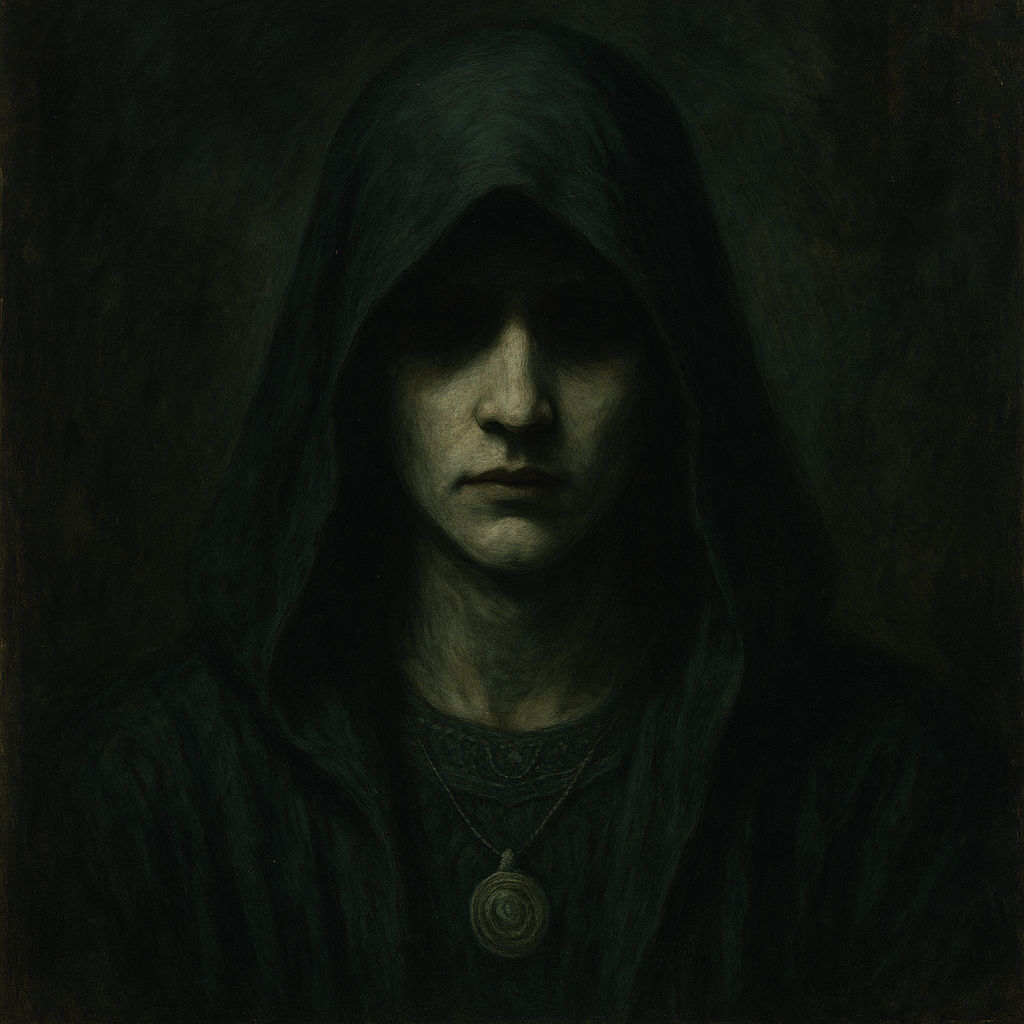
Neith
I’m Neith. I walk the edges of madness and meaning. Stories that disturb, games that whisper — those are my domain.
